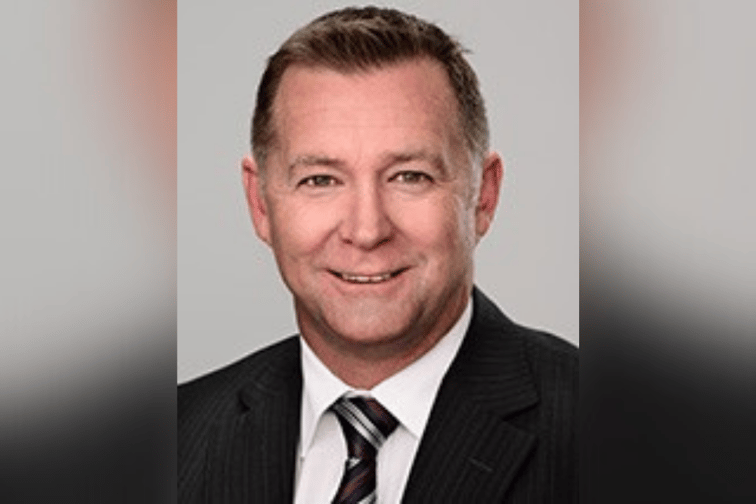

Construction is regarded as an engine of the Australian economy - but supply chain disruptions, a hard market, legislative changes and the cost of litigation are all bearing down on the industry.
In the latest episode of IB Talk, broadcast in partnership with MECON Insurance, CEO Glenn Ross (pictured) discusses the current issues in the industry and the construction insurance space. He also explains how changing the legislation to deal with construction site injuries to reflect the way third party motor vehicle accidents are handled is key to cutting costs.
Ross also dives into the impact of COVID-19 and provides tips for brokers and construction companies to help them maintain quality control and quality insurance processes. He also explained how MECON was able to dramatically improve the insurance contracts offered by small, independent - or suburban - brokers
Leading up to the time when Ross started MECON Insurance in 2003, these brokers were at a distinct disadvantage in the construction industry.
“At the time the international brokers ruled the construction roost,” said Ross. “They had the best policies, they enjoyed the best rates, the insurers were wooing them, and the suburban brokers were poor relatives,” he said.
The products available to suburban brokers were very basic, said the Mecon CEO.
“It irked me to see that suburban brokers were being left to fend for themselves. I saw some very extreme examples of them being left dangling without covers that they should have had to not only cover their own PI but to adequately cover their clients,” he said.
Ross saw this combination of a poorly served market and his own interest and knowledge in this technical area, as an opportunity.
“I thought we could do something in that space and make the biggest impact simply by using our knowledge of contracts and risk and the covers. That, of course, proved to be so,” he said.
The MECON CEO said he took the parts of construction contracts that were required to be insured and were traditionally the domain of the international insurers.
“We moved them on to a viable construction products and MECON has been developing that product ever since,” he said. “Now, when you look at our schedules, you’ll see that they replicate the requirements of a contract and I’m quite proud of that because most of the companies in Australia now follow that same process.”
The model for Ross’s improvements to the contract terms came partly from his experience in the New Zealand construction sector. However, he also studied material damage from a global perspective as a risk manager for a top multinational construction company. This included taking on board the construction contract requirements set by the international standards organization, FIDIC (International Federation of Consulting Engineers) and the JCT (Joint Contracts Tribunal) in the United Kingdom.
“They’ve all got a commonality in there, even some of the terms are the same. The terms that are slightly different may have the same meaning at the end of it. So, there’s an overlay of the risk that these documents deal with,” he said.
However, he found that the public liability area in Australia was quite different to New Zealand, particularly in relation to injuries on a construction site.
“In New Zealand that was covered by the Accident Compensation Commissioner at the time, which simply meant that if there was an accident on site, the injured person was looked after by the government through the social system. It didn’t matter what they needed, wheelchairs, new arms, whatever, it was supplied by the government,” said Ross.
In Australia, the situation is very different. The process following an accident on a work site can involve litigation to find out the cause and recover costs.
“Often, although workers’ compensation dealt with those sorts of things at the front end, at the back end the public liability insurers were getting dragged into court for recovery action on these or additional damages,” he said.
“So, by the time public liability actually saw the claim and the quantum it was far greater than the quantum for the WorkCover people who were being paid to cover that risk,” said Ross.
However, Ross said, the improvements MECON helped make to the insurance contracts suburban brokers could offer have been well received.
“It was a multi-pronged approach. We came up with the wording that they needed, we came up with the educational piece that they needed and the brochures,” he said.
The MECON website has its own self-styled Wikipedia: MECONPEDIA with case studies, technical articles, examples of policy and claim forms and thought leadership articles for brokers to learn from.
“So we are educating suburban brokers to give them the confidence to go out and leg it with the international brokers,” he said.
“It’s a recipe that was very well received by the suburban brokers. And I guess our growth chart shows you how successful that was,” said the CEO.
To learn more about Glenn Ross, MECON Insurance and how brokers can face construction sector challenges, tune in to IB Talk here.
